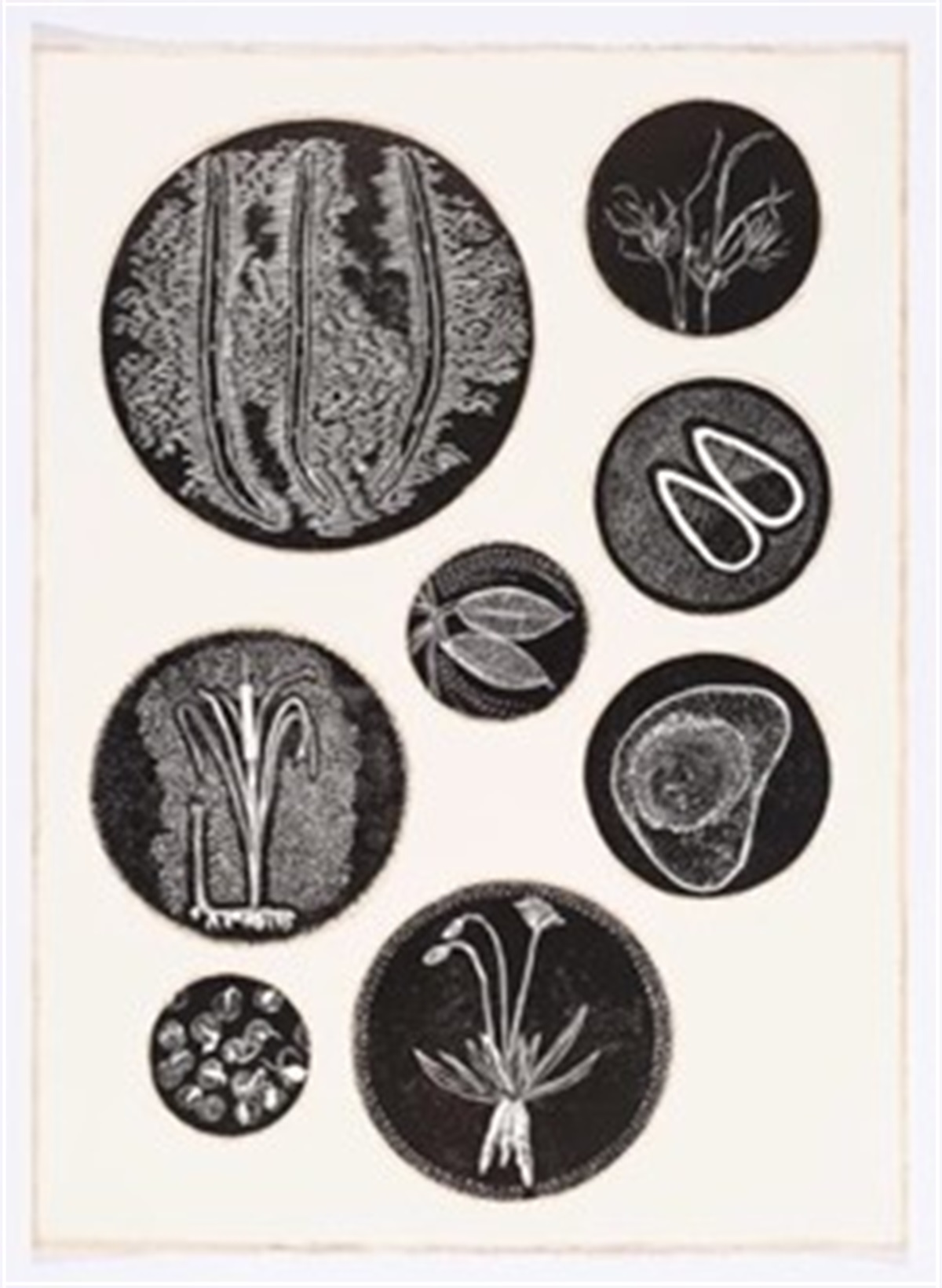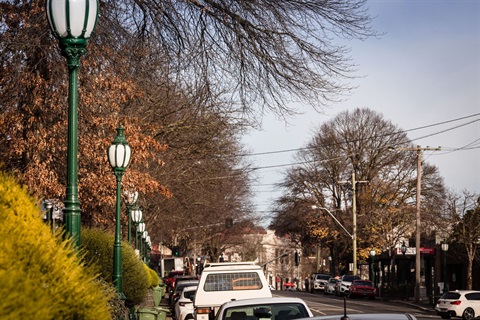The Barossa Council is taking proactive steps to preserve remnant native vegetation by establishing more “conservation sites” along local roadsides.
Council’s Senior Environmental officer, Kim Thompson says roadside vegetation signposted with blue markers provides critical habitat for local birds, reptiles and mammals.
“We’ve added a dozen more sites to our Roadside Marker Scheme to protect local biodiversity,” Kim said.
It comes as SAPOL cracks down on the illegal removal of firewood from roadsides, which spiked in the region over winter and included a site near Williamstown now under investigation.
Kim not only urges residents to report suspicious behaviour to police, but also learn how critical roadside vegetation is to the conservation of threatened species.
“We have very little, an estimated 12 percent, of our remnant vegetation remaining across the Barossa,” Kim said.
There are species on our roadsides that are not found anywhere else in the Barossa which is why we are trying so hard to protect them.
For Kim, educating the community is vital to the survival of rare, vulnerable and endangered species, both flora and fauna. And with her background in rescuing, rehabilitating, and releasing native animals back into their habitats, she’s seen firsthand the importance of maintaining balanced ecosystems.
“I found when I was looking for sites to release the animals, a lot of our native vegetation was disappearing. I thought I need to do something!”
That experience led her to a 15-year career at The Barossa Council where she has committed to doing exactly that. From working in the field assisting landholders and primary producers, to chatting to visitors in her role based at the Barossa Bushgardens, Kim welcomes the opportunity to answer questions about the environment and Council’s extensive Roadside Vegetation Management Plan.
“Community education is what we’re all about – talking to people and getting kids inspired,” Kim said.
“My big passion is getting people connecting with nature, helping them find something – whether it’s a plant or animal, a bee or a bug. And, once they value that, they might consider what it needs to survive.”
Almost 100 blue marker sites are now registered in the region in which five state-listed native plant species and 22 regionally threatened species grow, again highlighting the value of roadside vegetation.
“It provides habitat for birds, animals, reptiles and a lot of the smaller organisms like fungi, bacteria, and algae – things we don’t really see, and it also helps reduce erosion off the roads,” Kim said.
As more blue marker signs appear, Kim hopes people will also take note of what a healthy ecosystem looks like, admire its beauty and appreciate the importance of maintaining all the structural layers to keep them functioning.
“I feel that the more people know, the more they care,” she said.
“And it’s our responsibility to make sure that we share that knowledge.”







